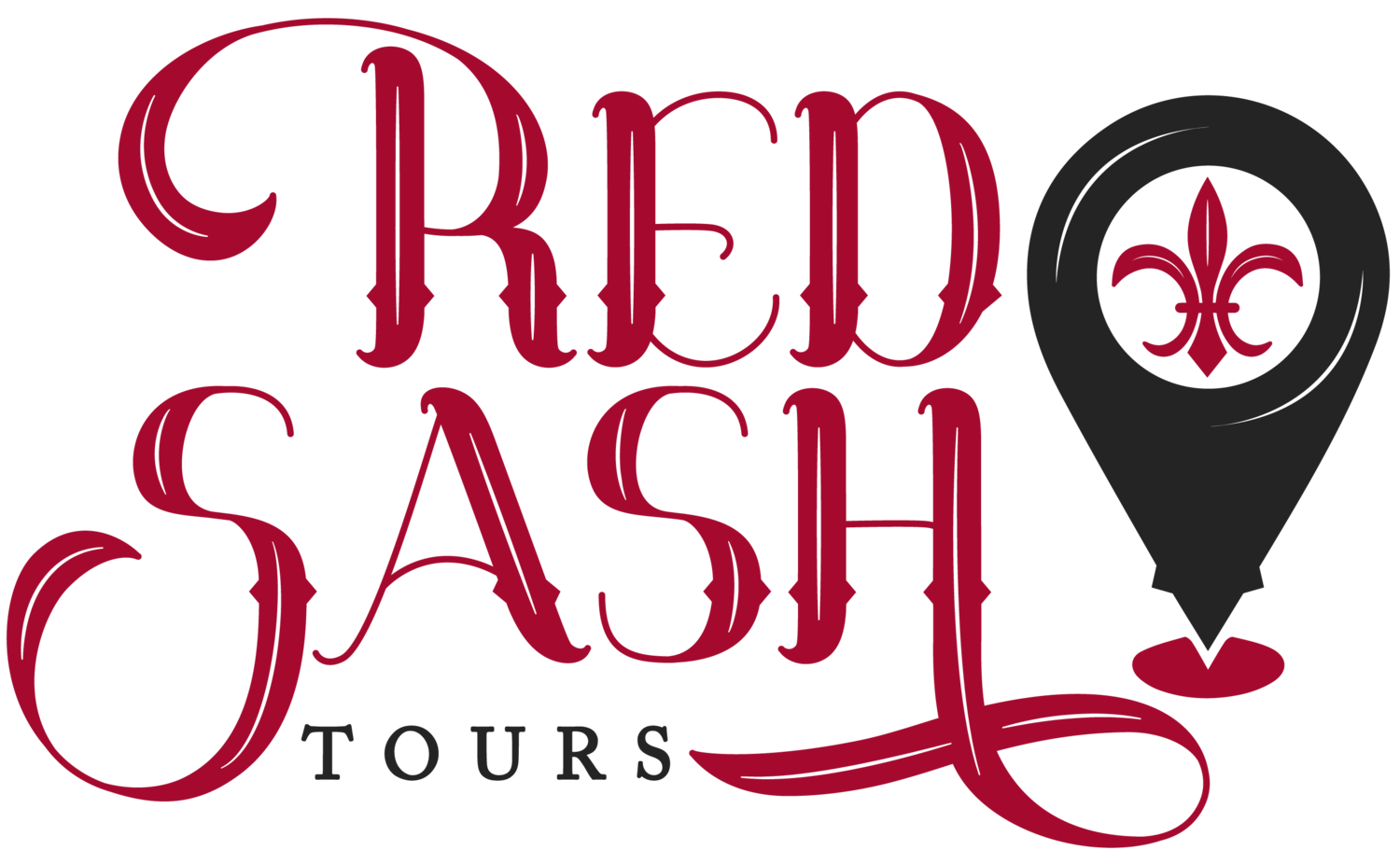The Top 100 Tombs to Visit in New Orleans: #100
This is a series appearing every Tuesday that discusses the top 100 tombs in New Orleans to visit. Not necessarily in order, these tombs are of historical significance, and/or have architectural importance, unique symbolism, and quite often – a spectacular story behind them!
Tomb #100
Jordan Noble (1800 – 1890): Known as the “Drummer Boy of Chalmette,” Jordan Noble was enlisted as a drummer boy under General Andrew Jackson. During the battle of New Orleans (January 8, 1815) it was said that Noble’s steady drumroll was heard by Jackson’s troops over the pandemonium of warfare. When the Civil War started, Noble helped organize one of the regiments that volunteered to fight with the Confederacy but later served in the Union ranks. Noble also started a New Year’s Day tradition in New Orleans where he and his drum corps beat out the same reveille as he did on the Chalmette Battlefield in 1815. These performances demonstrated New Orleans’ passion for the military marching cadence, which was influential in the genesis of jazz. Locals affectionately called him “Old Jordan.”
Noble served in four wars (and had four marriages). When he died in 1890, the Times-Picayune ran an etching of him with the headline “Answered the Last Roll.” Noble is buried in a wall vault in St. Louis Cemetery #2 in Square #3. In 2001, the Friends on New Orleans Cemeteries placed a commemorative plaque on Noble’s unmarked wall vault. It reads:
“Jordan B. Noble, ‘Old Jordan’ (1800-1890), Drummer, Veteran of Four American Wars. On the memorable plains of Chalmette the rattle of his drum was heard amidst the din of battle. Daily Picayune, June 21, 1890
Jordan Noble was born in George, October 14, 1800. An emancipated slave, he served a combined 9 years and 9 months in service to the country. At age 14, he served in the Battle of New Orleans (1815) under General Andrew Jackson as Drummer Boy – the only person of color in the United States 7th Regiment. His drumming was described as a “guidepost for the Americans in the hell of fire” and he received a personal compliment from General Jackson. He later served in the Everglades of Florida (1817) and in the Mexican-American war as musician of the First Regiment of Louisiana Volunteers (1847).
He was frequently called on to recreate his drum roll at events around the. City. In 1854, he drummed the reveille at a commemoration of the Battle of New Orleans held at the St. Charles Theater. In 1863, during the Civil War, he organized a Black command under General Benjamin Butler. In 1864, he was a platform guest in Congo Square during the city’s Emancipation Celebration. In 1865, he was the Fourth District Representative for the Abraham Lincoln memorial service in Congo Square. In 1876, he was presented the national badge of the Veterans of the Mexican-American War and granted full membership in the Society. In 1884, he beat his drum at the Worlds Fair in New Orleans. He died on June 10, 1890, at home on Dryades St. between Seventh and Eight Street and was survived by three children.”

